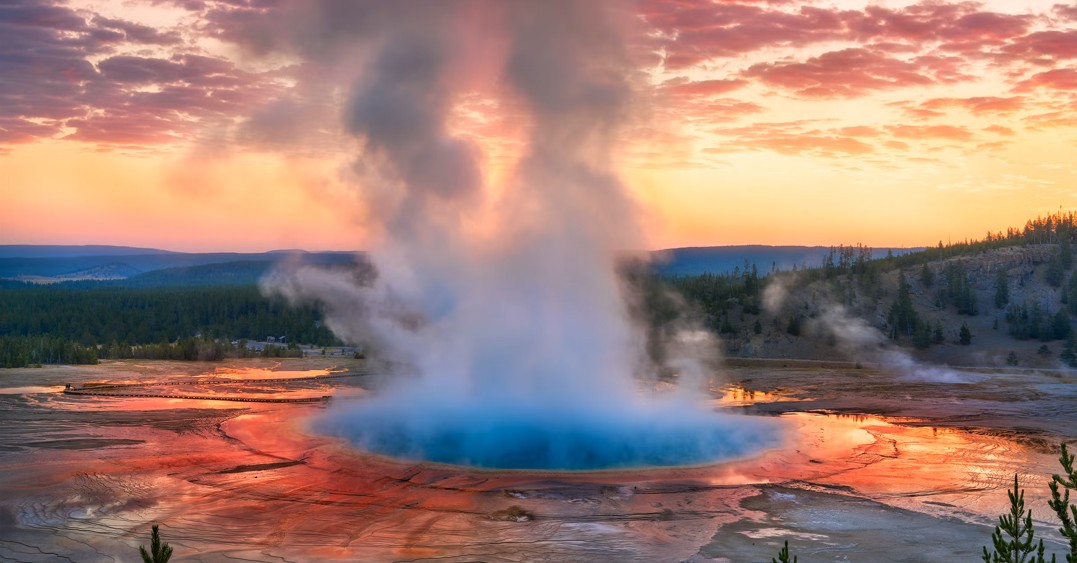
We speak of rain as a temporary condition, a passing shower, a cleansing downpour. But what if it wasn’t? What if the heavens opened and simply… refused to close? Imagine the “most long rain in history” – not just a season of heavy showers, but an unprecedented, relentless deluge that transforms the very fabric of our world.
Such an event, while perhaps existing only in the realm of cataclysmic fiction or ancient flood myths, offers a chilling testament to the overwhelming power of nature. Let’s explore the profound and multifaceted impacts of a truly unending deluge.
The Sensory Overload and Psychological Toll
Initially, novelty might give way to irritation. The constant drumming on roofs, the incessant rush of water, the perpetually grey skies. Soon, irritation would curdle into weariness, then isolation. Sunlight, a forgotten luxury, would be replaced by a perpetual twilight. The world beyond the window would blur into a watery, indistinguishable mass.
The psychological impact would be immense. Cabin fever would escalate into widespread anxiety, depression, and even despair. The constant noise, the dampness pervading every surface, the inability to escape the confines of shelter – these would chip away at mental resilience. Communities, cut off and isolated, would face unprecedented tests of their cohesion.
A World Transformed: Environmental Devastation
Beyond the human experience, the environmental ramifications would be catastrophic.
- Widespread Flooding: Rivers would burst their banks, lakes would swell into inland seas, and entire cities could find themselves submerged. Low-lying areas would be permanently lost.
- Landslides and Erosion: Saturated soil on hillsides and mountains would lose its stability, leading to massive landslides that could wipe out communities and reshape landscapes. Erosion would strip away topsoil, rendering vast tracts of land infertile for generations.
- Ecosystem Collapse: Freshwater ecosystems would be overwhelmed, displacing or drowning aquatic life. Terrestrial animals would struggle to find dry ground and food. Plants unsuited to constant inundation would perish, while those that thrive in water could proliferate uncontrollably, altering biodiversity dramatically.
- Contamination: Sewage systems would overflow, industrial waste sites would leach into floodwaters, and agricultural runoff would poison the environment, creating widespread public health crises.
Infrastructure Paralysis and Economic Collapse
Modern civilization, built on the assumption of defined seasons and manageable weather, would crumble under such an assault.
- Transportation Grinds to a Halt: Roads would become impassable rivers, bridges would collapse, and railways would be submerged or washed away. Air travel would be severely disrupted by perpetual low visibility and extreme turbulence.
- Power Outages and Communication Breakdown: Electrical grids, vulnerable to water damage and downed lines, would fail en masse. Communication networks would follow, isolating communities further.
- Agricultural Ruin: Fields would be drowned, crops destroyed, and livestock lost. Food supplies would dwindle rapidly, leading to widespread famine.
- Economic Collapse: Industries reliant on transport, agriculture, or dry conditions would cease to exist. Homes and businesses would be destroyed, insurance markets would collapse, and national economies would face unprecedented ruin.
The Search for Resilience and a New Normal
In the face of such an unimaginable event, human ingenuity and resilience would be tested to their absolute limits. Survivors would be forced to adapt drastically:
- Elevated Existence: Communities might build upwards, creating structures designed to withstand perpetual water levels or even float.
- Aquatic Societies: New forms of transportation and resource gathering would emerge, perhaps focusing on boat-based travel and aquaculture.
- Renewed Focus on Localism: With global supply chains severed, self-sufficiency and hyper-local production would become paramount.
- A Shift in Values: The pursuit of material wealth might give way to the primal needs of survival, community, and the search for dry ground.
A Chilling Precedent? Climate Change and the Future of Rain
While a truly “longest rain in history” on a global scale remains in the realm of the hypothetical, the concept resonates deeply with contemporary concerns about climate change. Scientists warn that a warming planet leads to more energy in the atmosphere, capable of holding and unleashing more moisture. We are already witnessing:
- Intensified Monsoon Seasons: In parts of Asia, monsoons are becoming more unpredictable, with shorter intense bursts mixed with longer, more persistent periods of rain.
- Atmospheric Rivers: These narrow bands of moisture, capable of carrying vast amounts of water, are becoming more frequent and intense in regions like the western United States, leading to prolonged and heavy rainfall events.
- Increased Frequency of “Hundred-Year” Floods: What were once rare events are becoming more common, signaling a shift in rain patterns.
The idea of the “most long rain in history” serves not just as a fascinating thought experiment, but as a stark, albeit exaggerated, reminder of our vulnerability to the forces of nature. It underscores the urgent need for robust infrastructure, resilient communities, and, above all, a global commitment to understanding and mitigating the changing climate, lest we find ourselves truly living in a world defined by the unrelenting drumbeat of the unending deluge.





